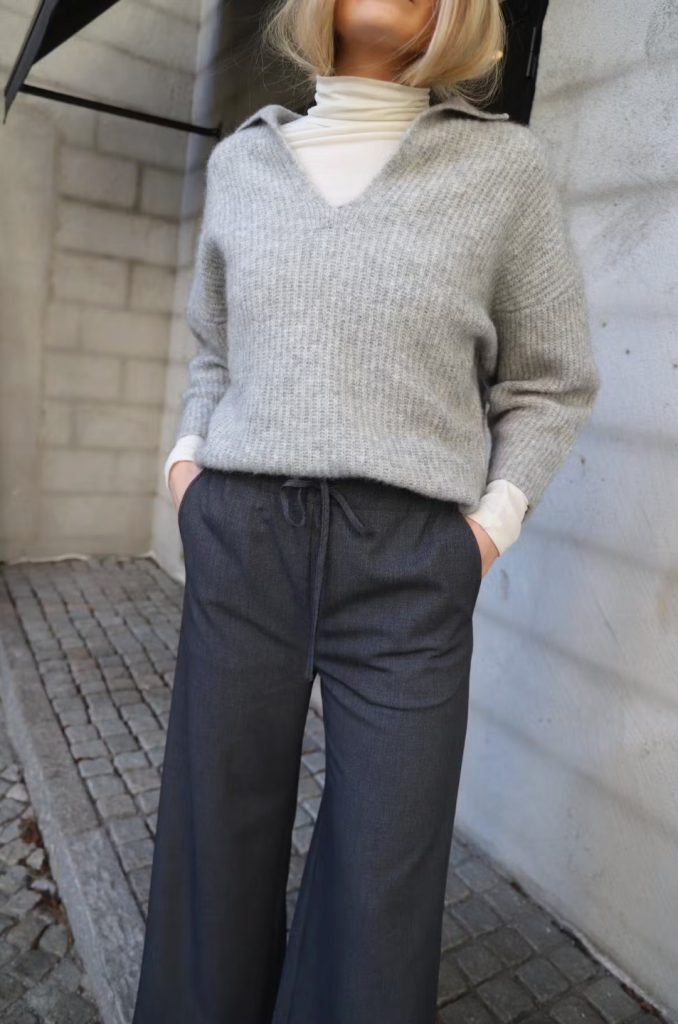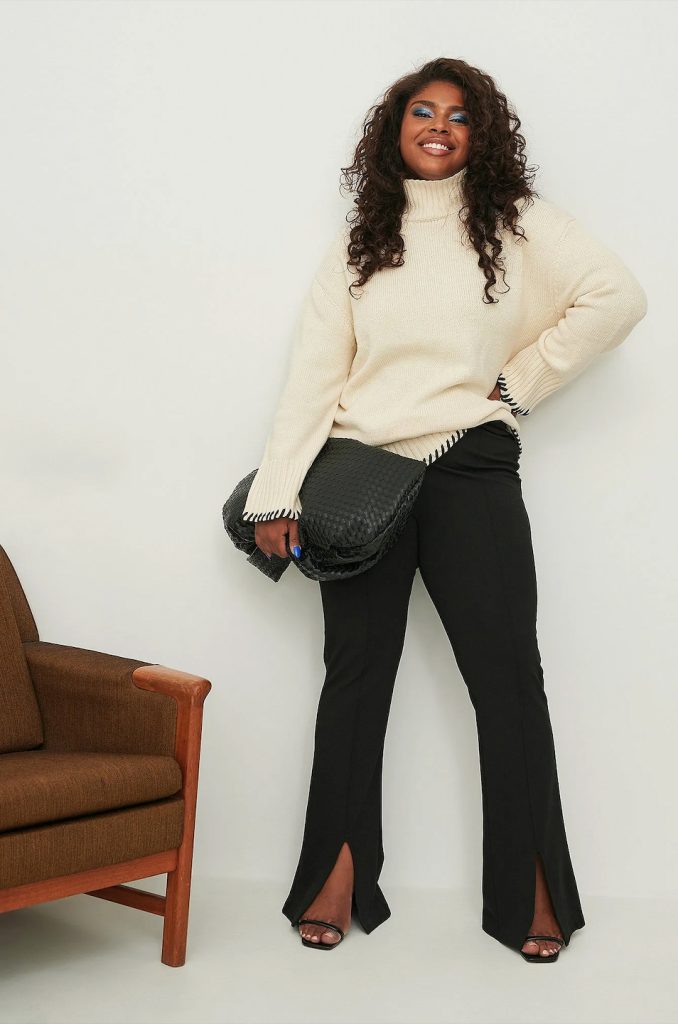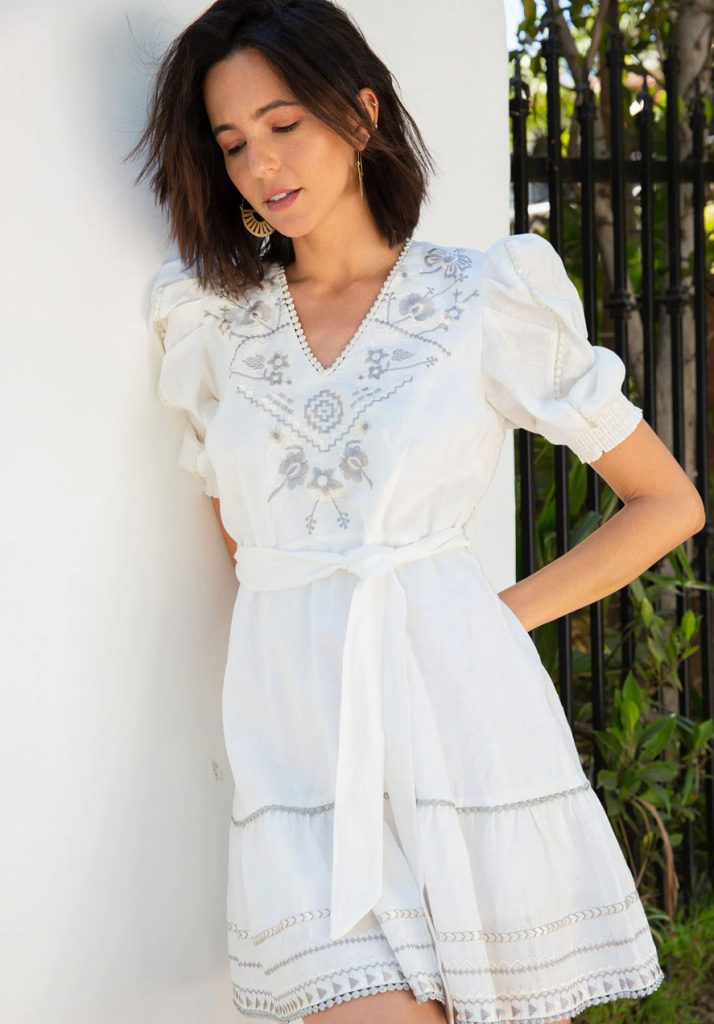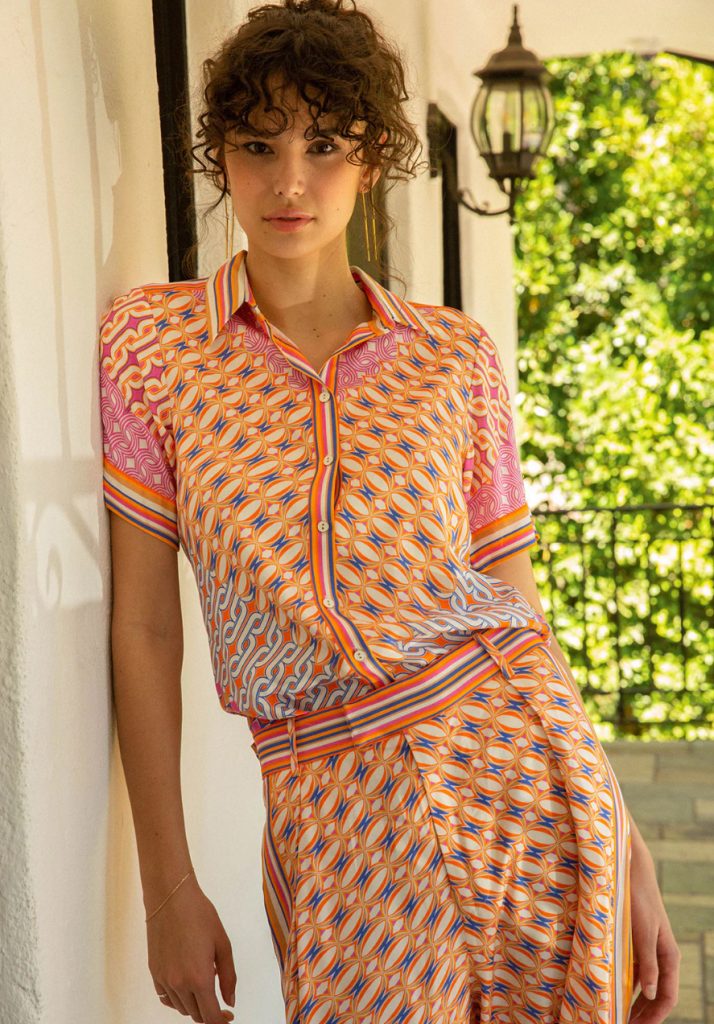Women’s fashion – how to dress for your body type
Different body shapes and types suit different clothes. Helene Jensen, PR and Marketing Manager at Bestseller shares her top tips and advice for dressing for your body shape. And according to the expert, there’s one tip in particular worth following.
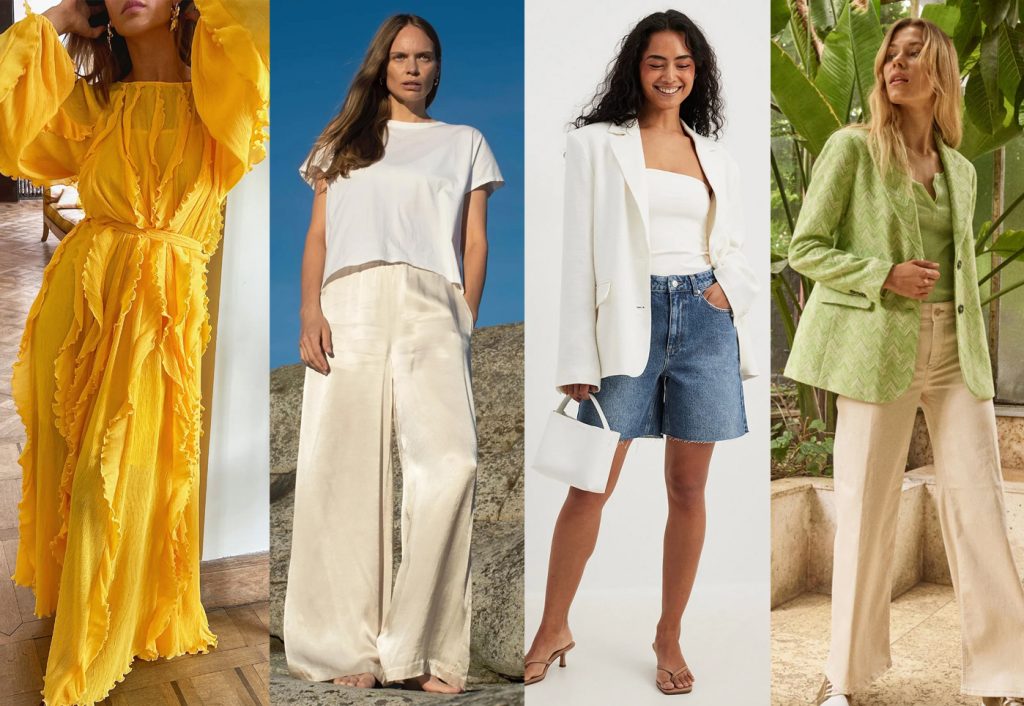
By: Chili Media
“There are a few simple things to consider when dressing for your body type. If you know your own body type, it’s much easier to find clothes that fit well, and which accentuate your best features and boost your confidence,” says Helene Jensen, PR and Marketing Manager at Bestseller.
What colours suit my body type?
She explains that using colours to enhance your body type is a simple trick you can play around with. But you need to know which colours suit your body type.
“The clothes will help bring out your identity, and you can highlight a lot with the right clothing. For example, clothes in colours that don’t match your skin tone can make you look pale and pasty, while the correct use of colours can add glow, which in turn helps build confidence and makes you feel great,” says Jensen.
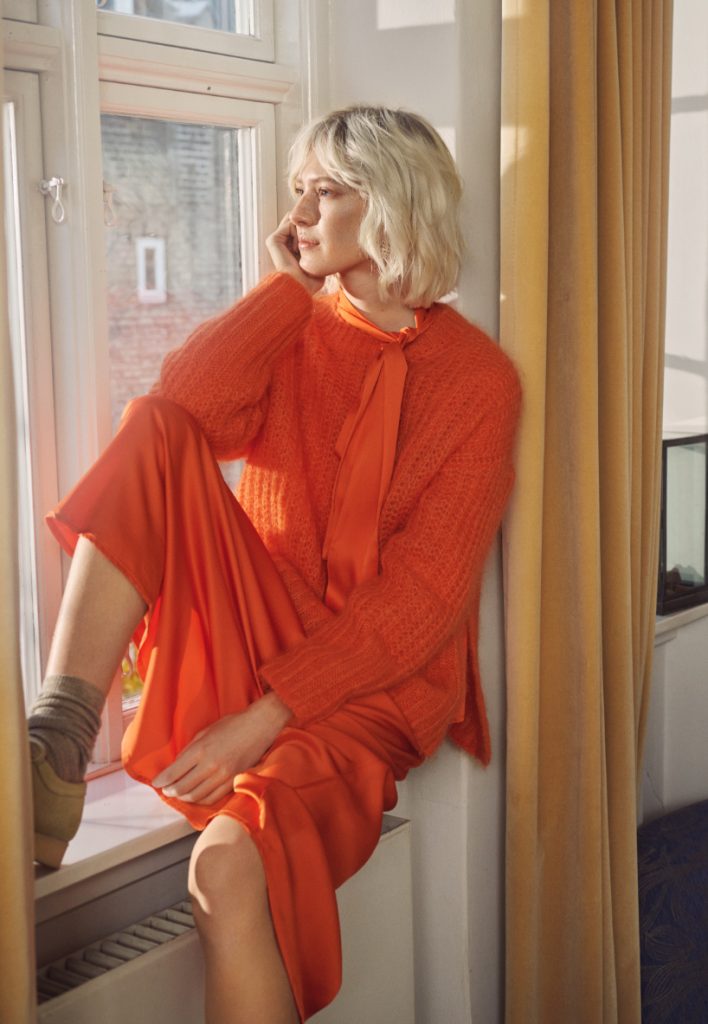
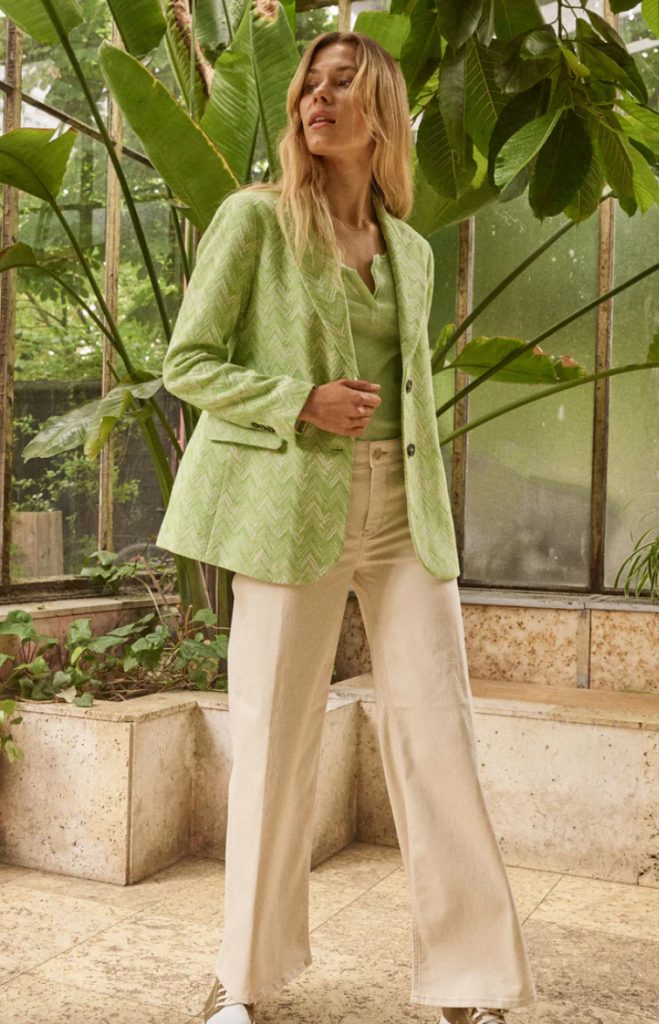
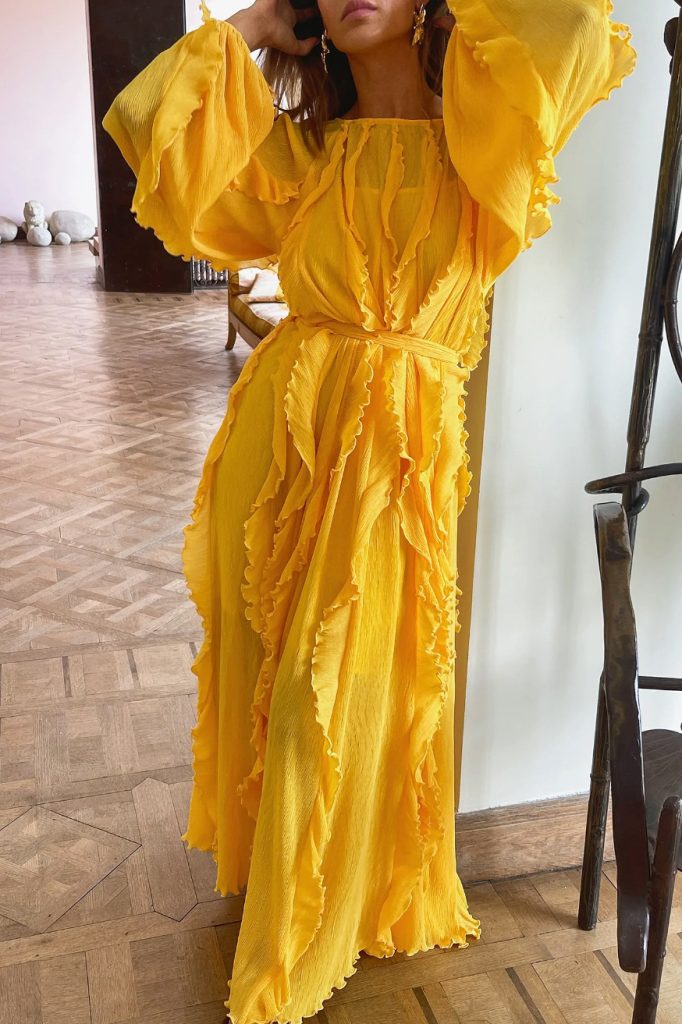
She explains that a peach-coloured blouse or orange sweater don’t generally suit cool, fair skin tones, as they can leave you looking washed out. Here, colours with greater contrasts would be more suitable, such as navy.
That doesn’t mean you should steer clear of bright colours. According to Jensen, some people think that brightly coloured clothes can make you look bigger, but this isn’t always the case.
“For many people, it’s a case of creating an illusion of balance between the upper and lower body. If the clothes fit correctly according to your body shape, you’re also more likely to feel good about yourself,” she explains.
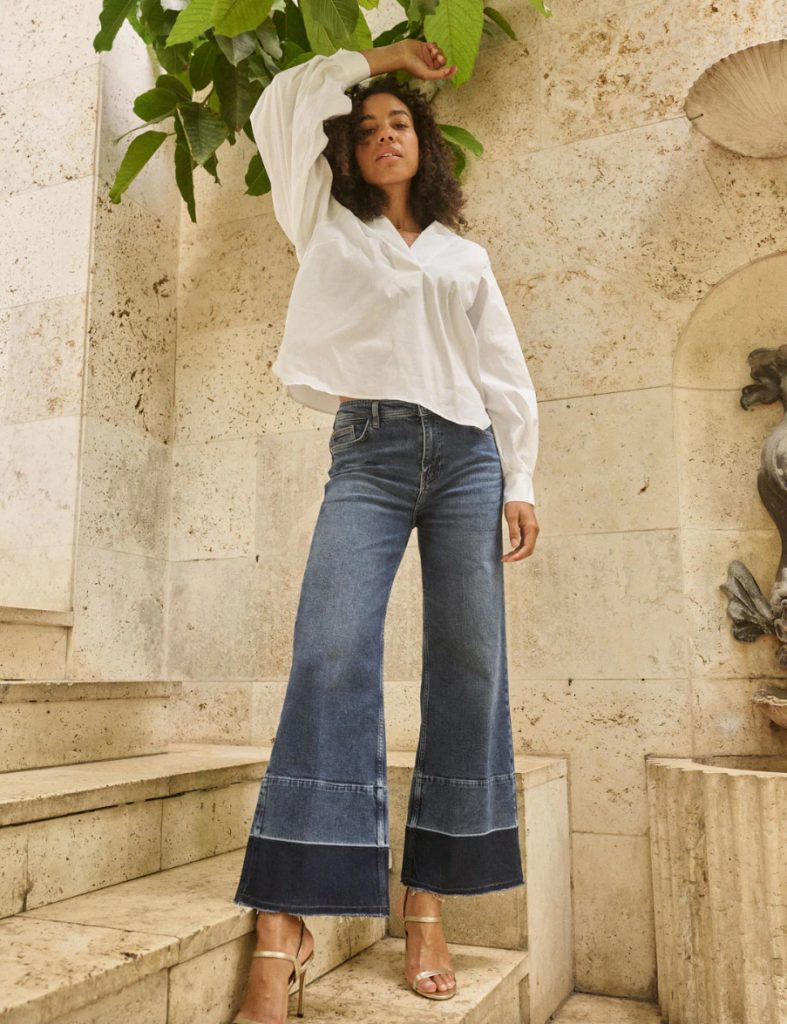
So if you’re e.g. shorter in size then an oversized jacket will make you look like you want to hide away, rather than accentuate your best features.
Four typical women’s body types
Women’s body types are often split into four categories: hourglass, pear-shaped, apple-shaped or rectangular.
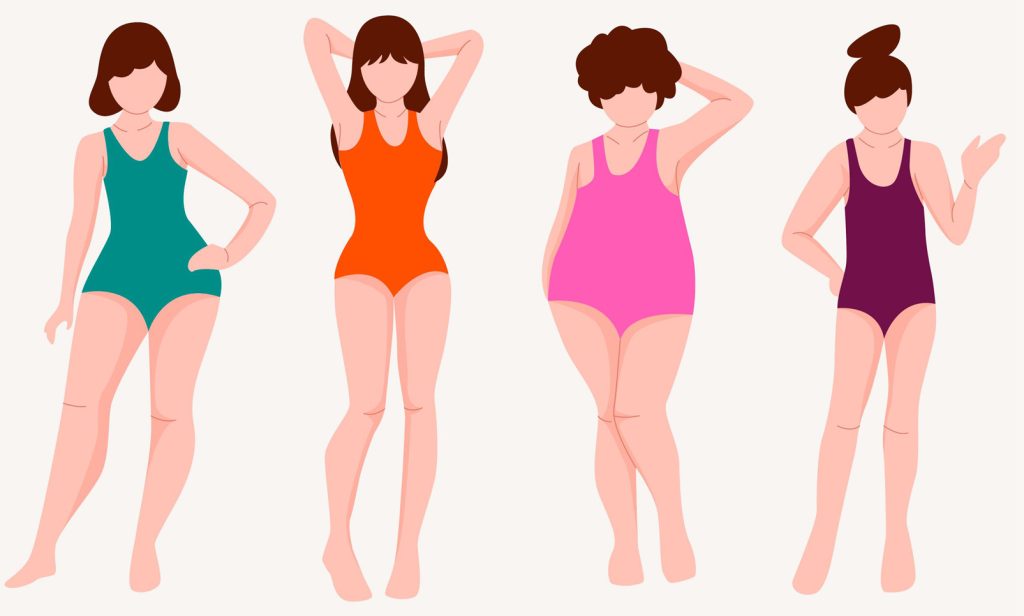
Hourglass shape
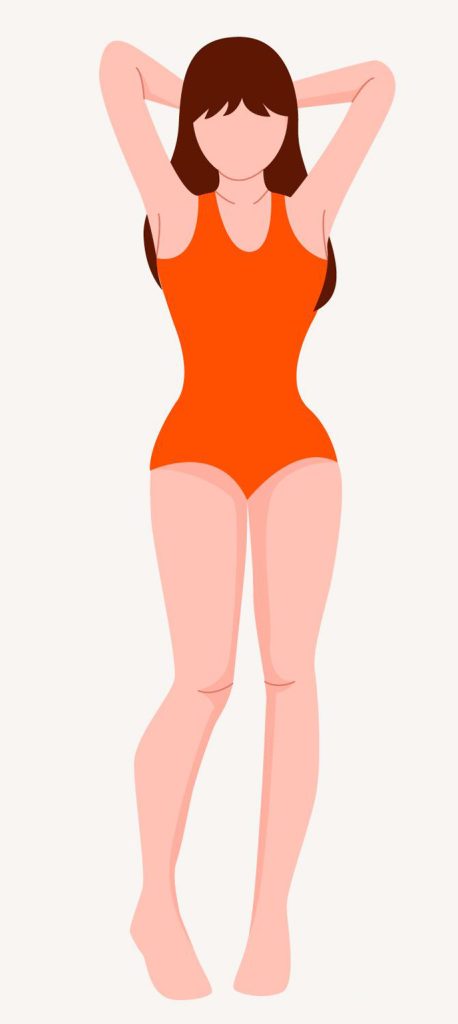
The hourglass shape has a narrow waist with curves. The shoulders and hips are usually equally wide, resulting in a narrow waist and the classic hourglass shape.
“This body shape tends to suit a dress belted at the waist, accentuating the narrow waist. Another option is dresses that flare at the waist,” says Jensen.
She adds that shapeless clothing will hide those beautiful curves. A good tip for shapeless clothes is to belt them in at the waist to better accentuate the hourglass figure.
“Other good tips for dressing an hourglass figure include opting for jackets and tops with a flare. This body shape also suits a V-neck and dresses and tops with a slightly deeper neckline,” she says.
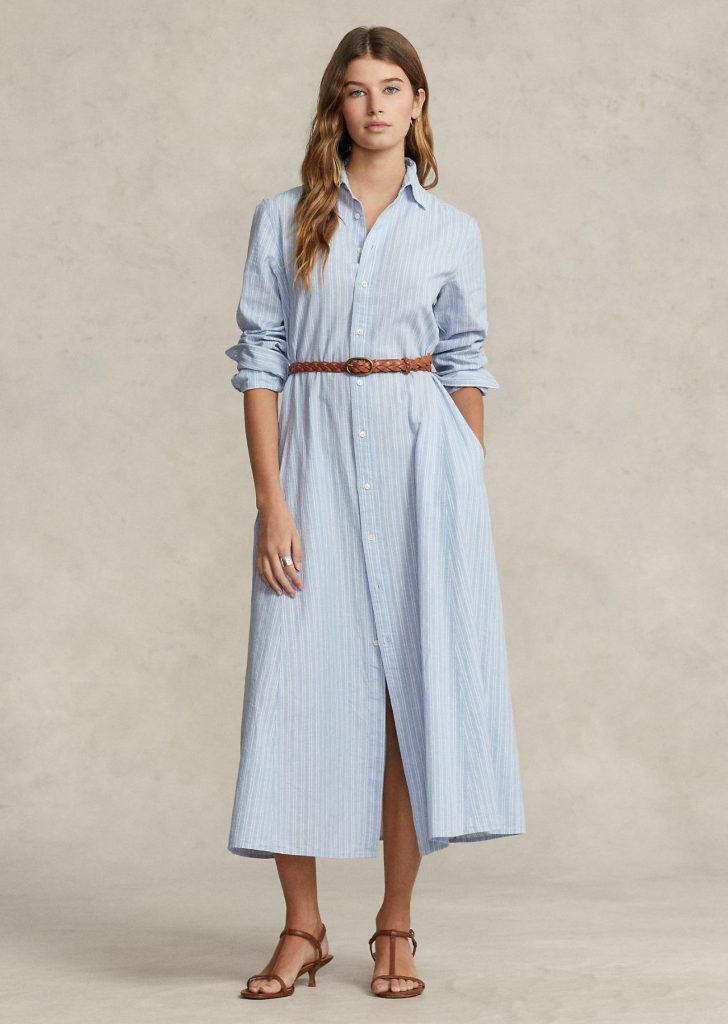
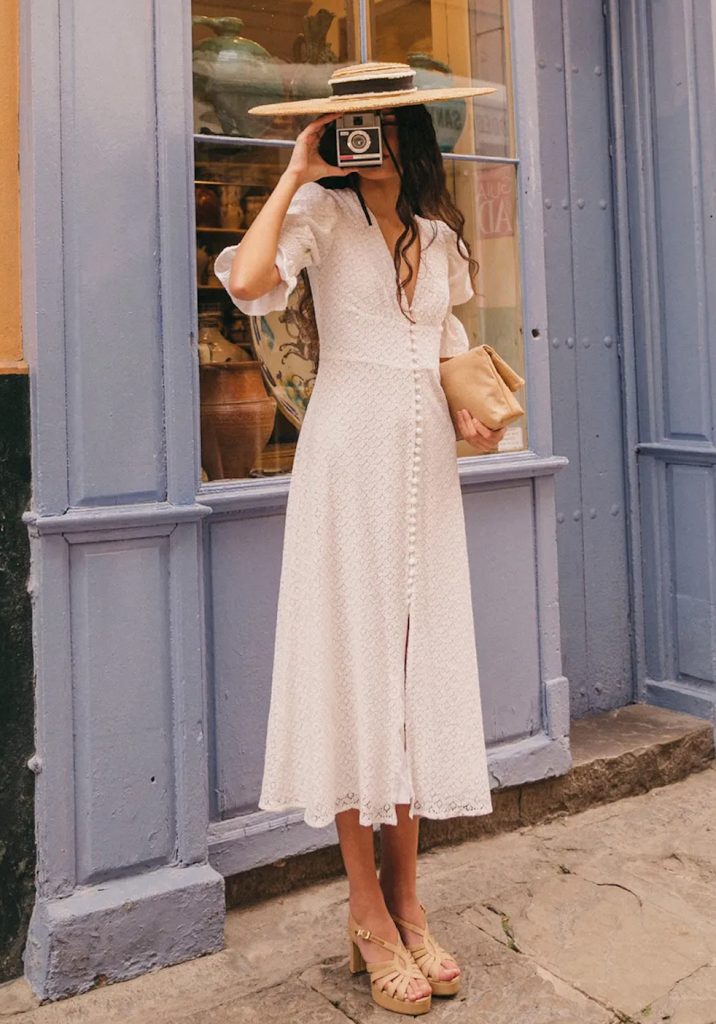
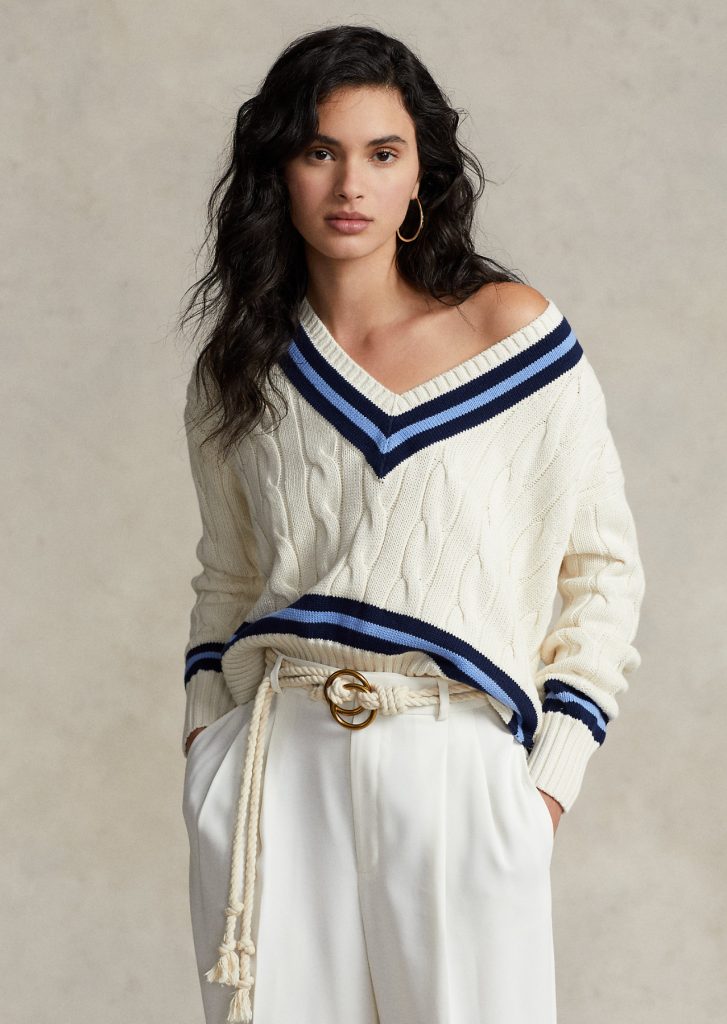
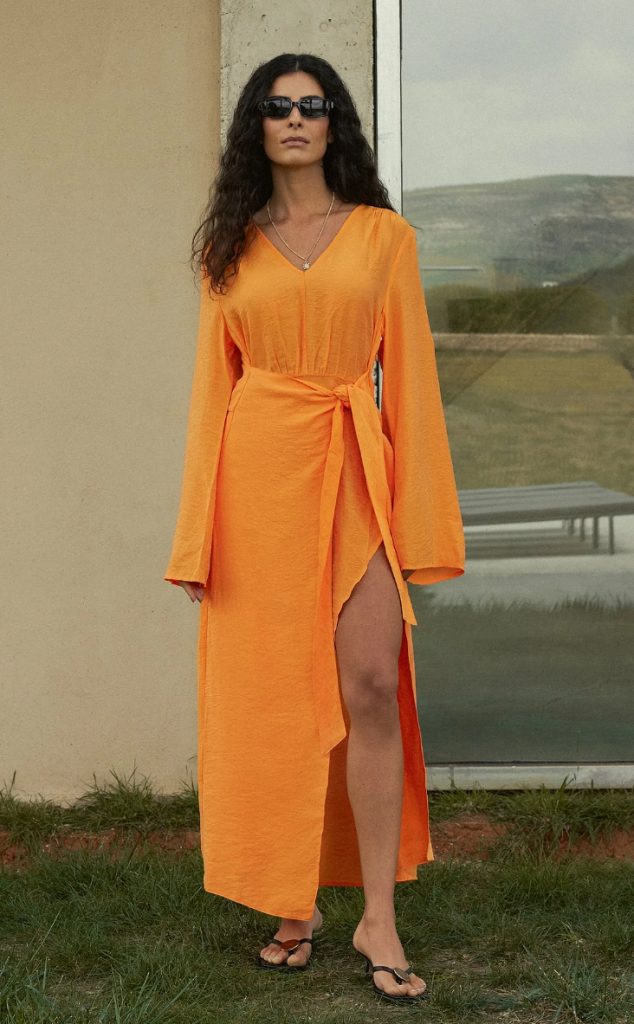
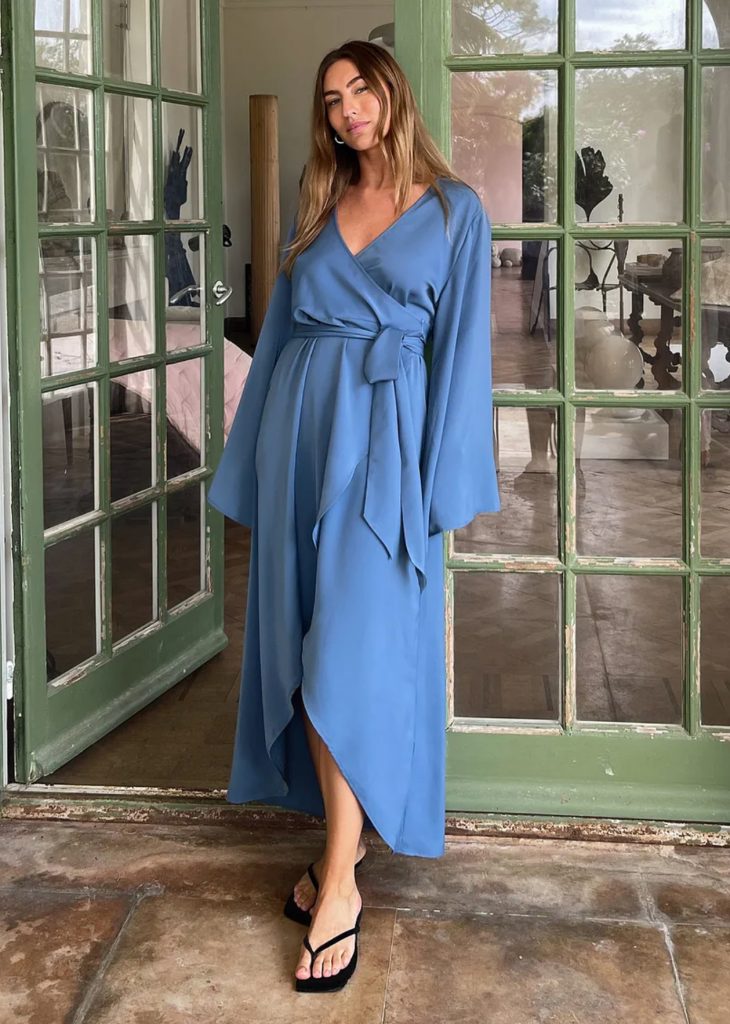
Apple-shaped
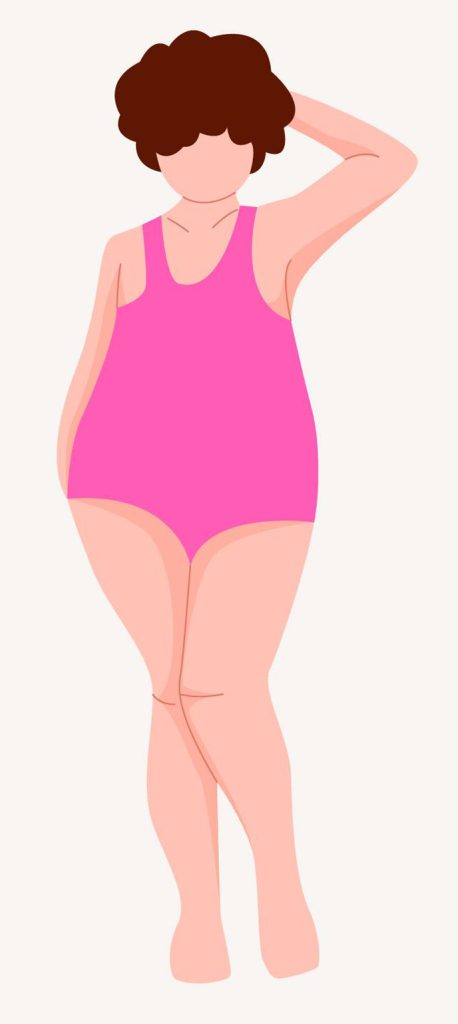
An apple-shaped body is larger at the top and smaller at the bottom. The hip area is relatively narrow, while the shoulders and back are broader. The mid-section is also less defined.
“A good tip is to go for A-shaped clothes, and avoid garments that are slightly snug,” says Jensen.
“To accentuate the legs and create a feminine look, choose clothes that are tighter fitting on the upper body, and a little looser on the lower body. If you want to draw attention away from your upper body, go for trousers with wide legs or flare,” she says.
Another great tip is to choose details that draw attention to your chest and to the area below your hip line. Keep it simple in between – especially when choosing materials and fabrics.
Clothes or outfits with vertical stripes are slimming.
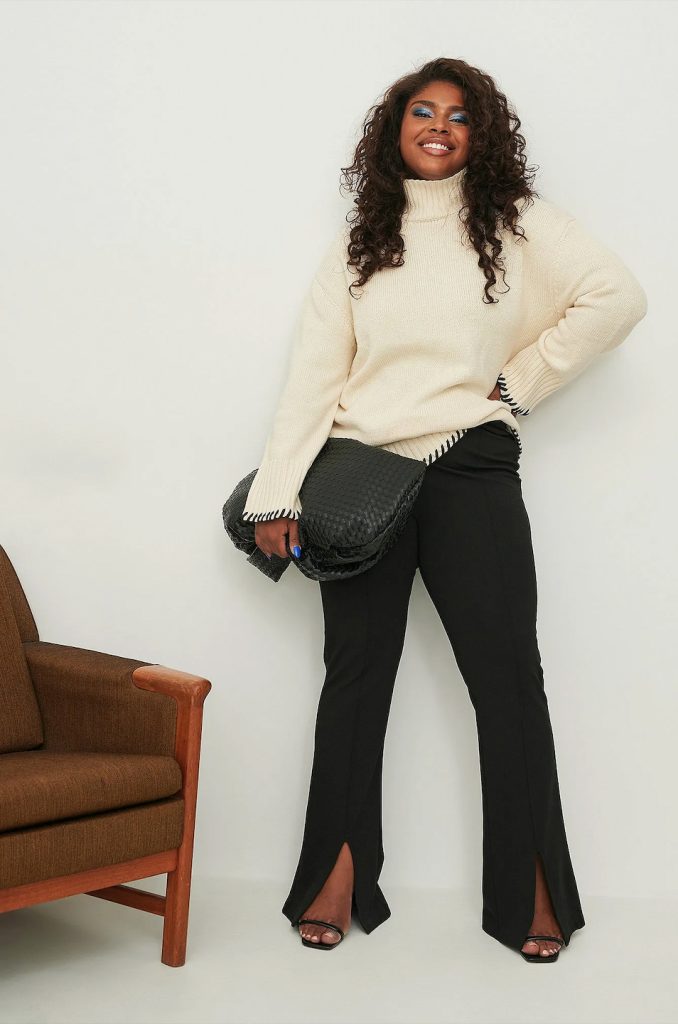
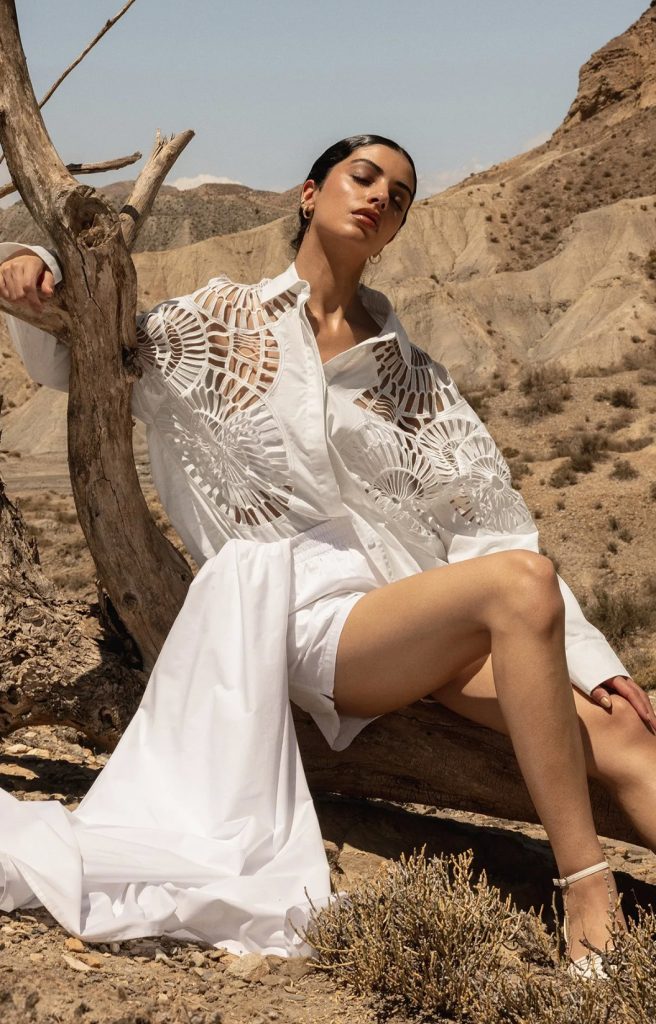
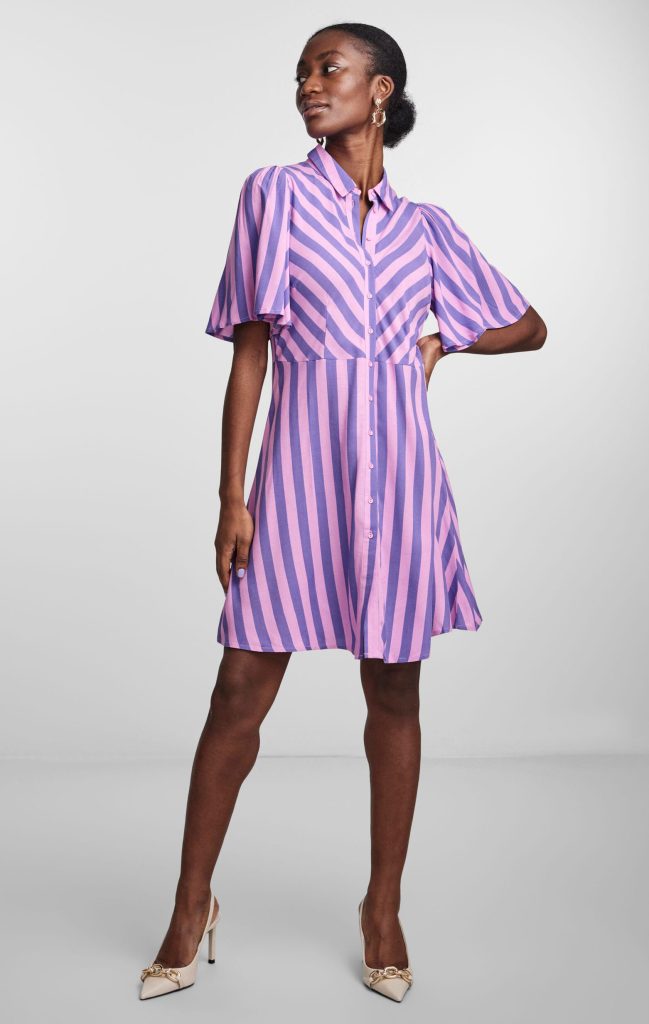
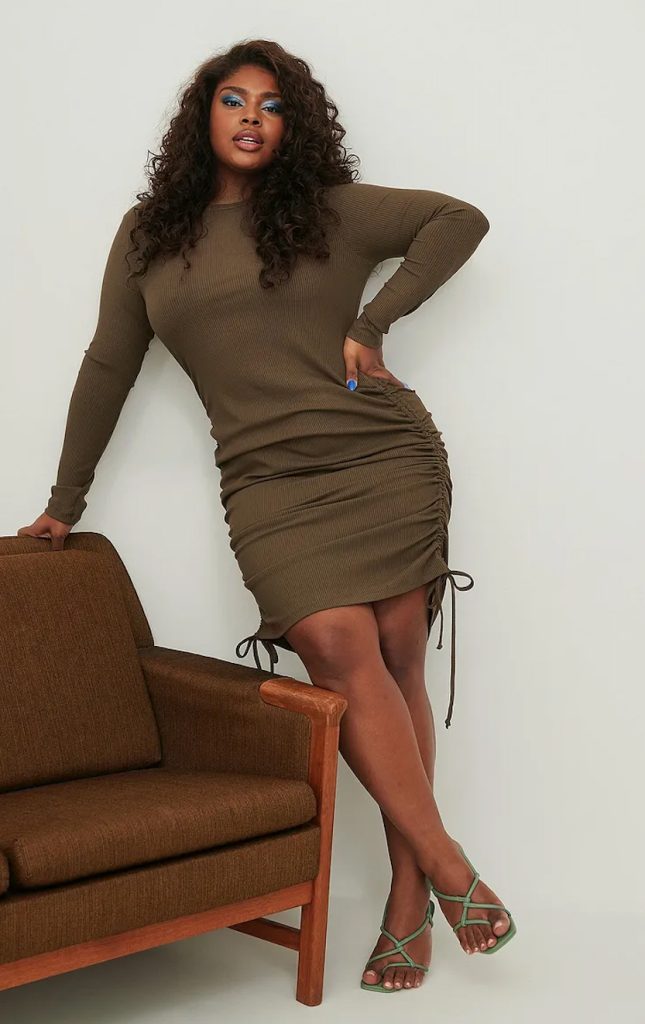
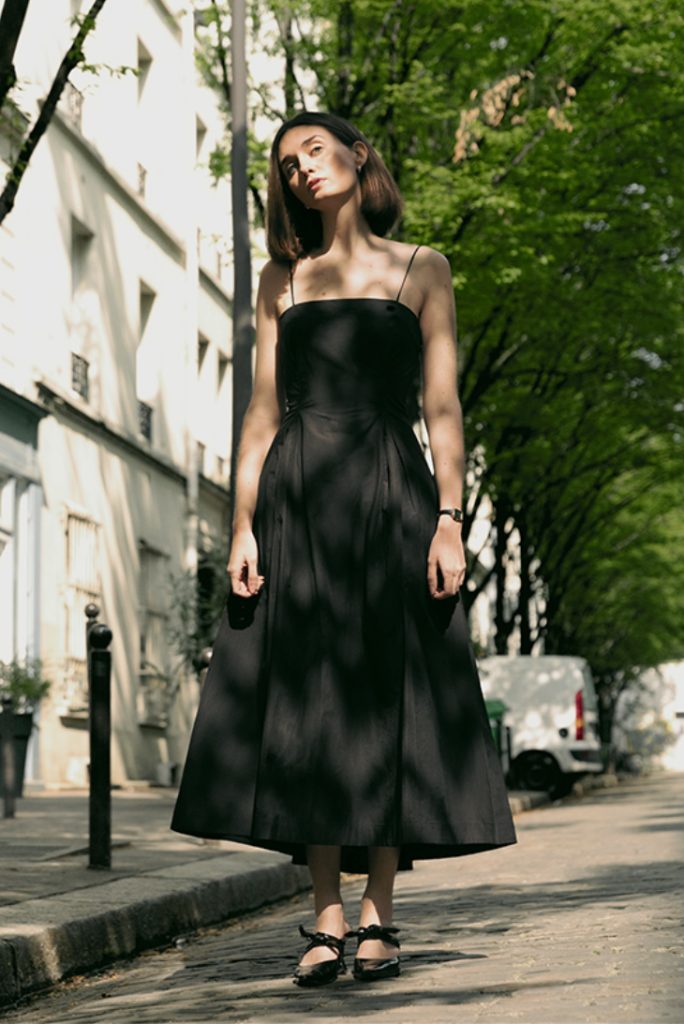
Pear-shaped
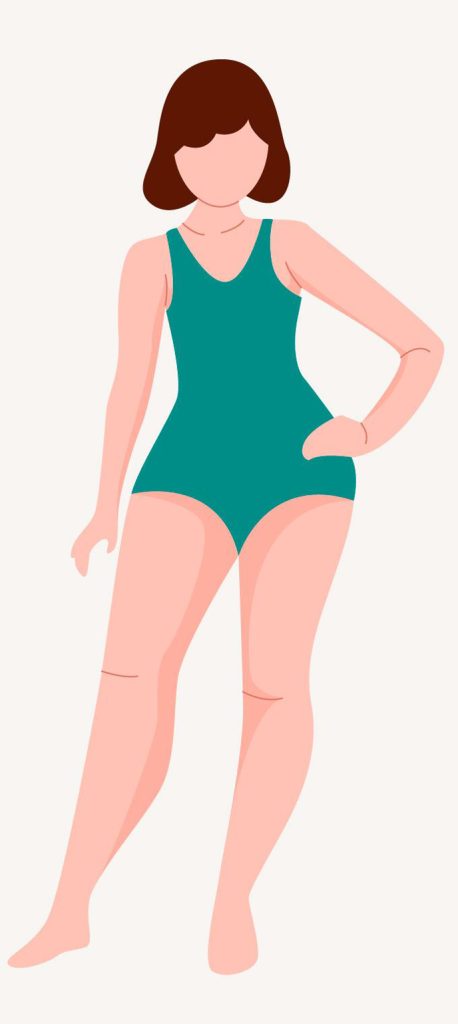
A pear-shaped body is widest at the hips. By creating volume from the waist up, you’ll shift attention away from your lower body.
“A-shaped skirts go well with a pear-shaped body. Dark bottom garments paired with light tops also create a nice contrast in the outfit, and draw attention to the upper body,” explains Jensen.
Then add a pair of pointed shoes to lengthen the legs.
“Wide or straight trousers have a slimming and feminine effect. They should be in balance with the hips so that they have a lengthening effect,” she says.
On the upper body, go for exciting colours and patterns – clothes that draw attention to this part of the body. Tip! A good, well-fitting push-up bra will help make the outfit look even better.
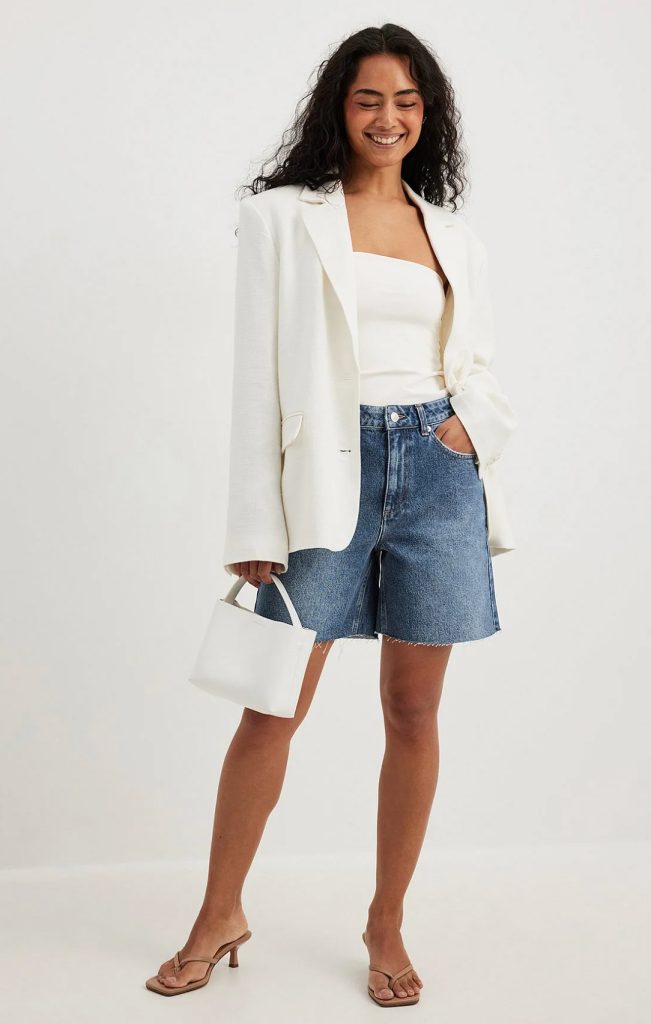
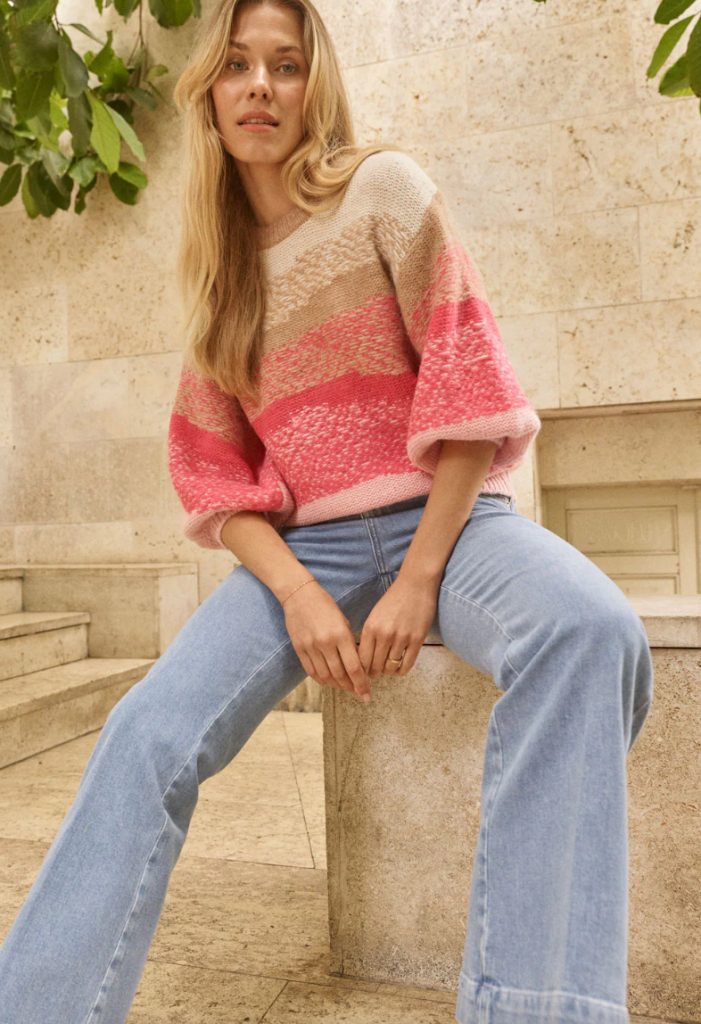
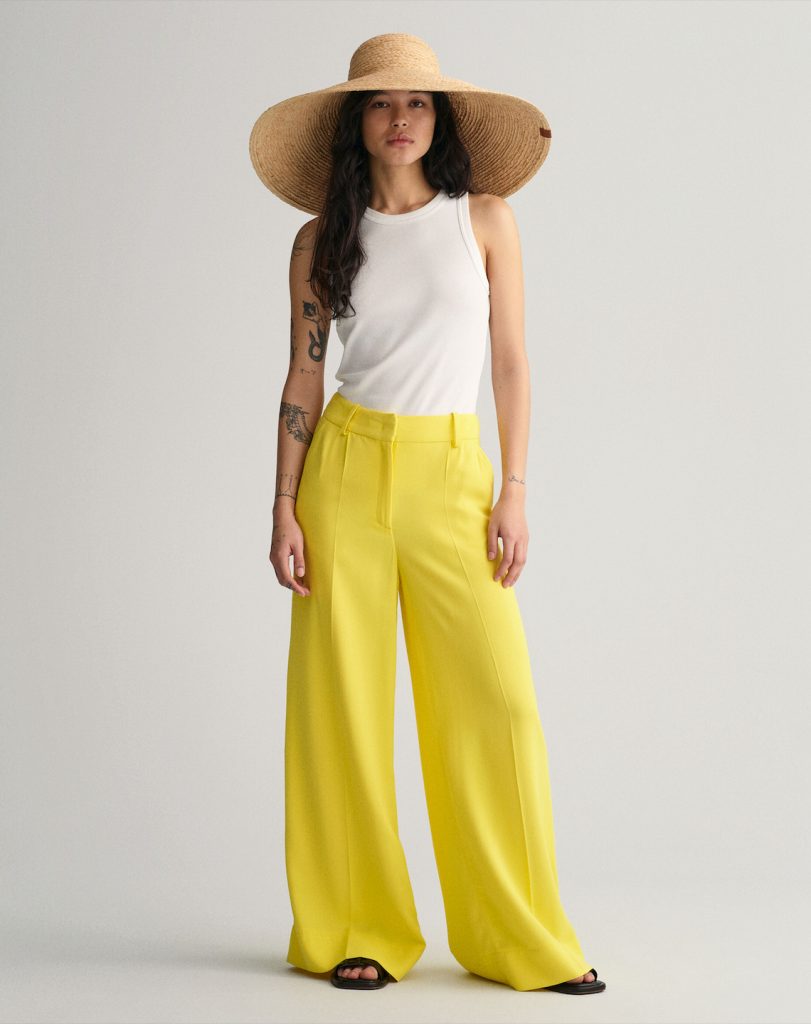
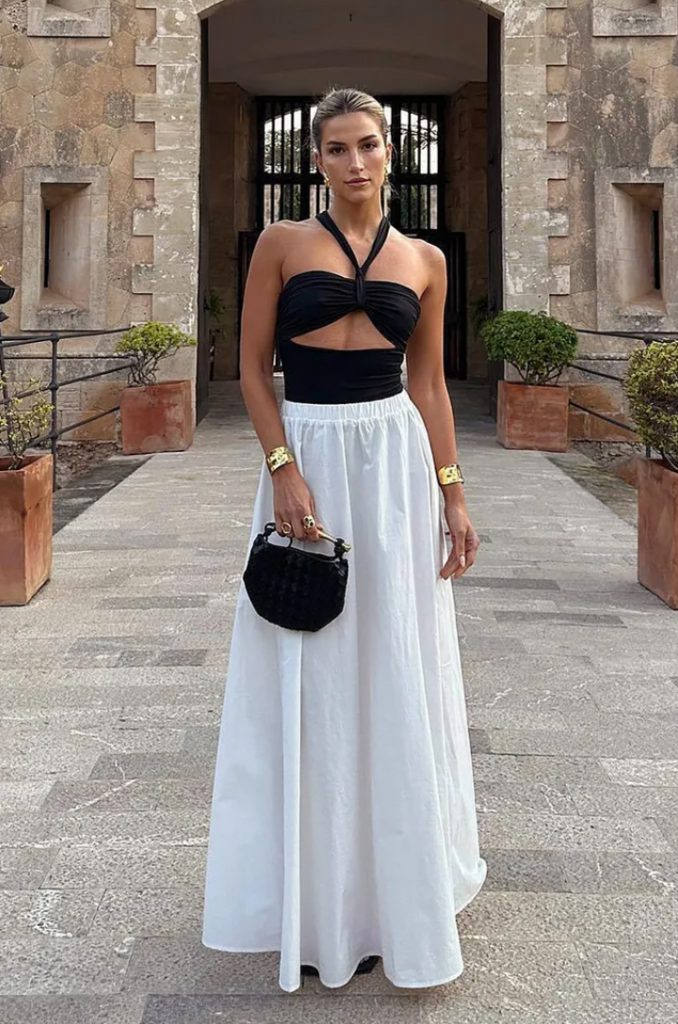
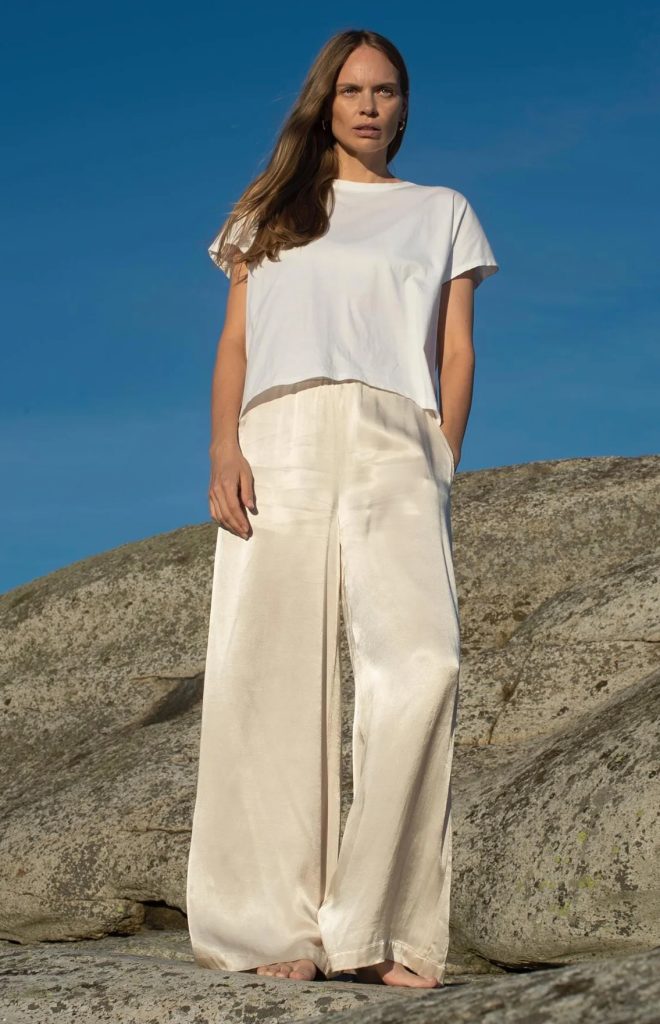
Rectangle
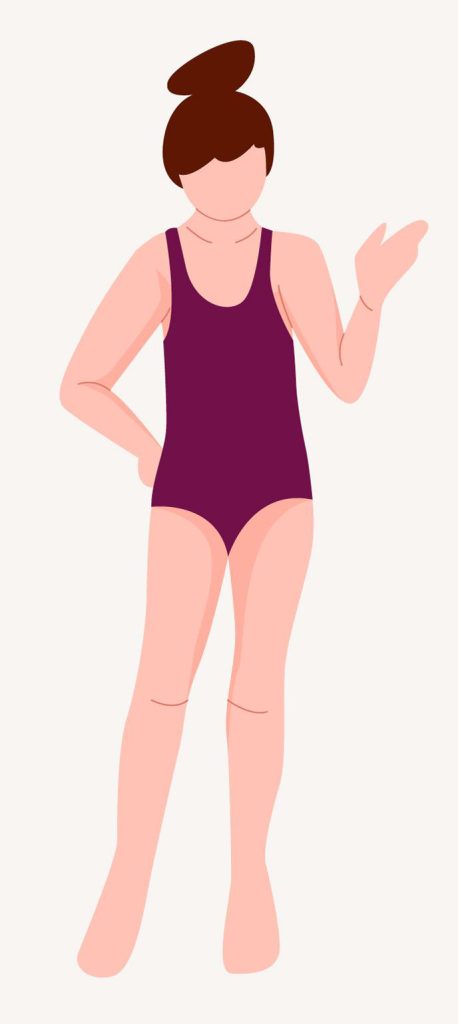
The rectangle, or straight body shape has a slim and narrow body without distinct curves. This body shape will suit most outfits, but if you want to look more curvy, opt for clothing with ruffles and frills.
“Straight and simple dresses will suit this body type – both loose and fitted, but feel free to accentuate the waist with a belt to really show off the figure,” says Jensen.
You can also play around with patterns, materials and structure to make the outfit all the more interesting. You may want to steer clear of shapeless and oversized garments.
If you want to create the illusion of a little more shape in your outfit, choose tops and jumpers with a round neck – preferably with embellishments or other exciting details.
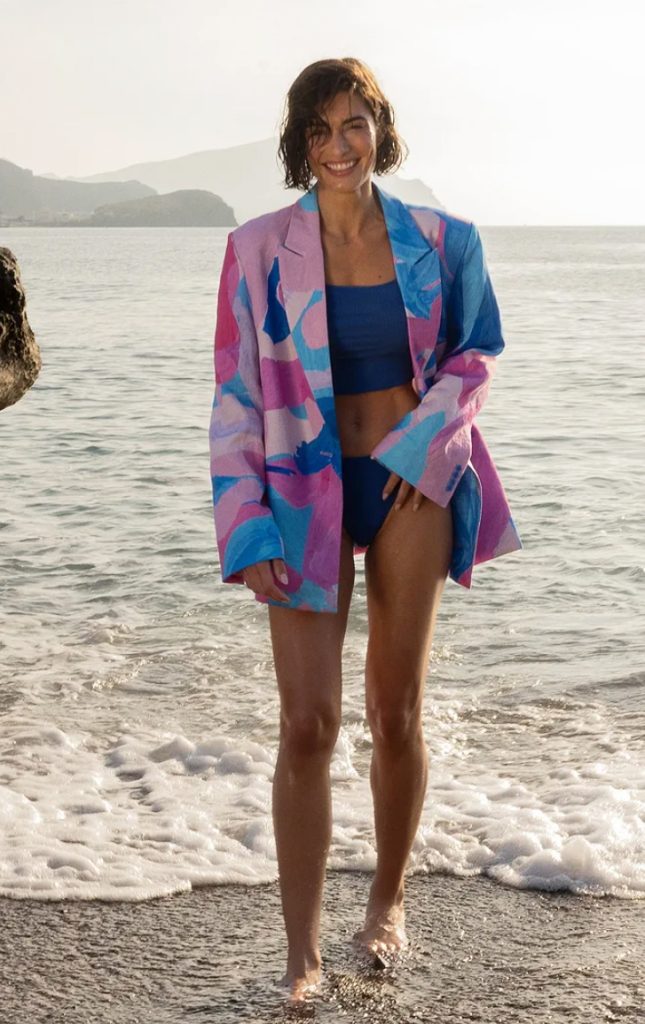
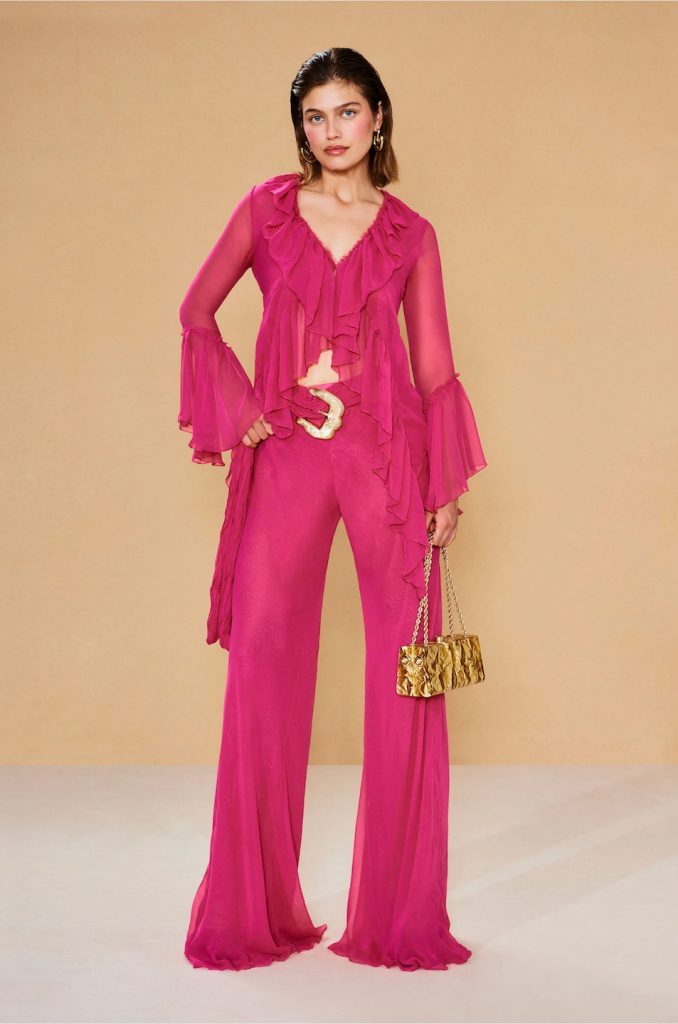
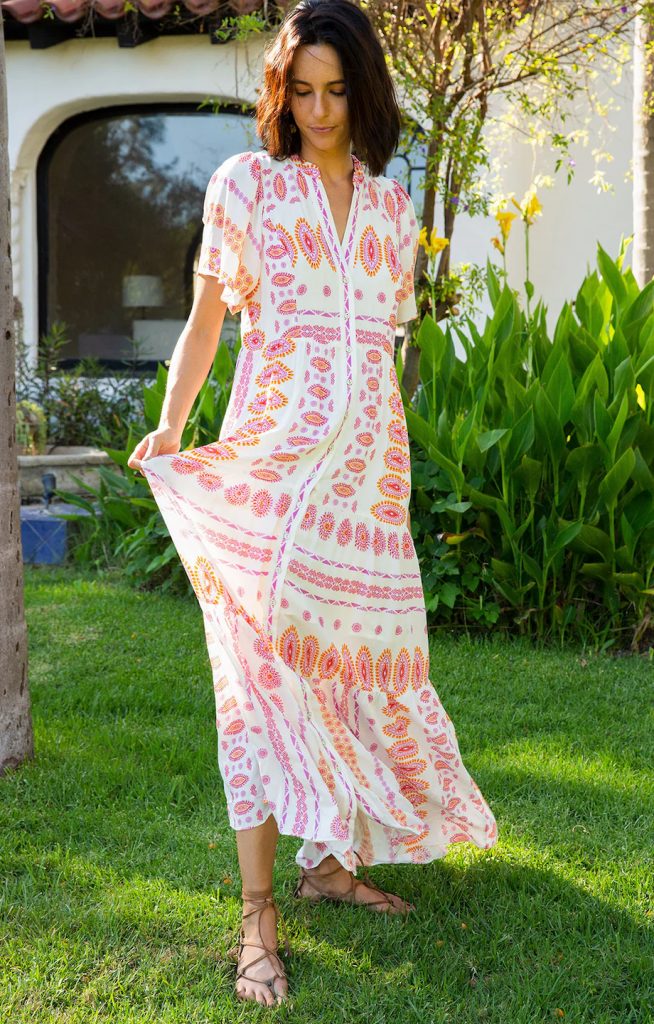

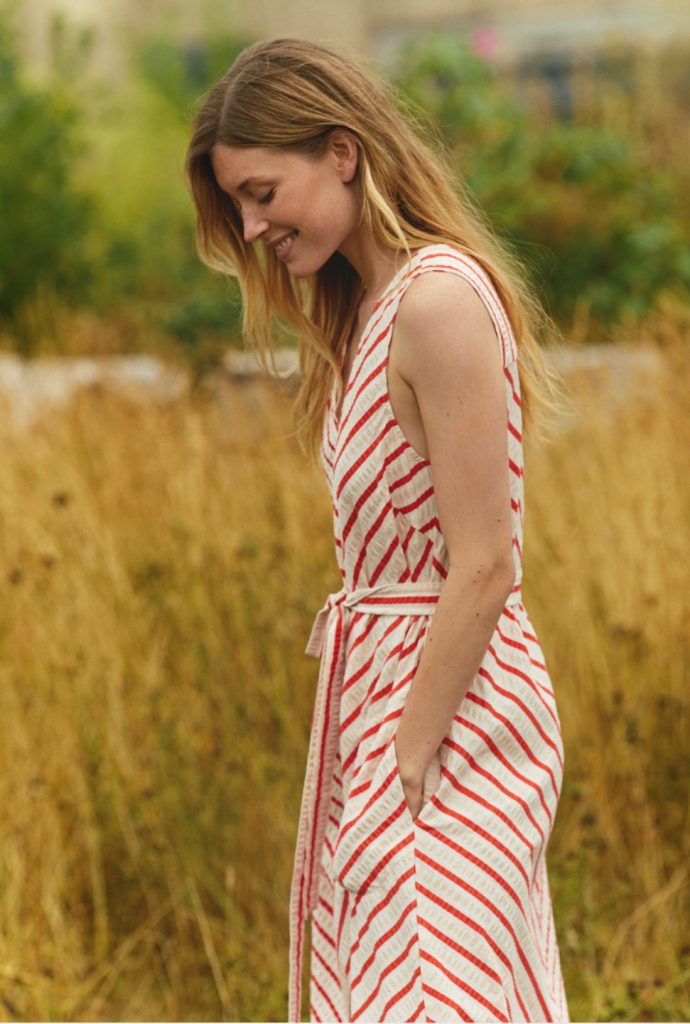
Which sizes should you stock most of in your store?
Small, medium and large are the sizes that sell the fastest, so all stores should have these readily available. And you should ideally have plenty in stock too, so you have a wide range to offer the store’s customers.
“It is also important to note that the size of the clothes can vary from brand to brand, as well as how they are stitched. How much stretch do they have? Is there a zip in the side or elasticity in the waist area? These are also points to consider when it comes to sizes and different garments,” says Jensen.
Having a wide choice of sizes is essential to reaching a larger customer group.
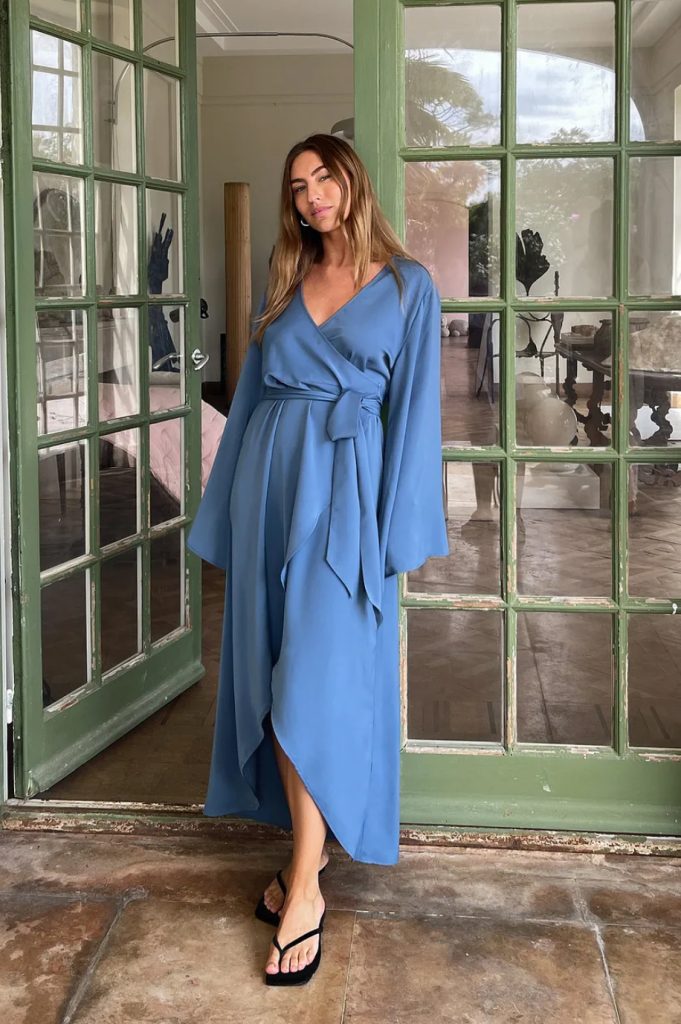
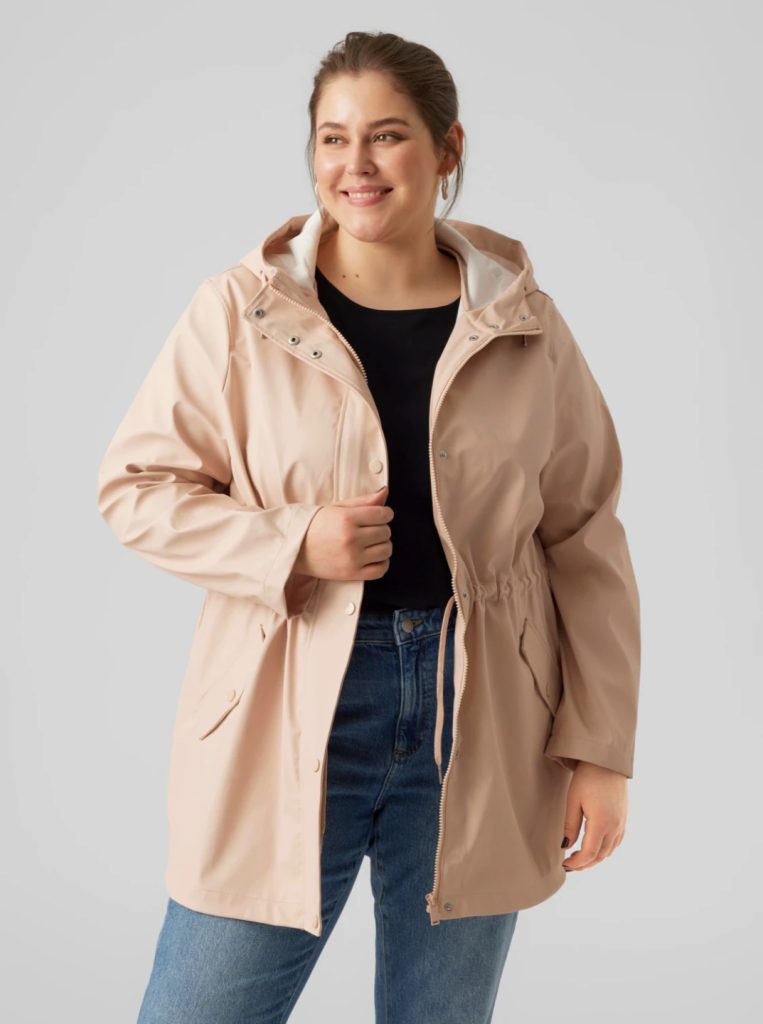
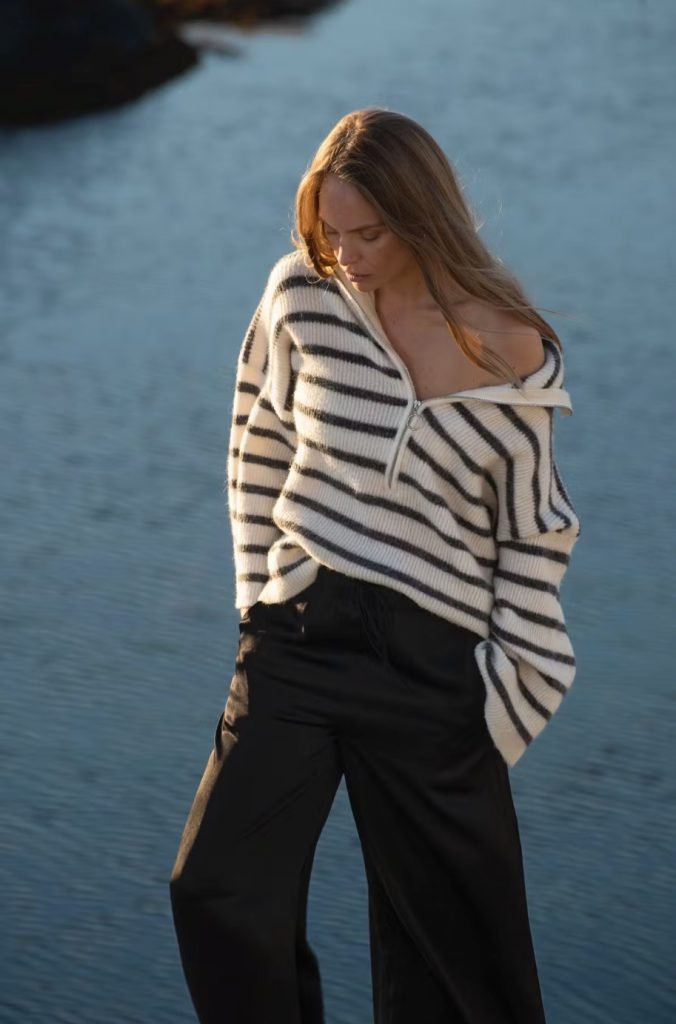
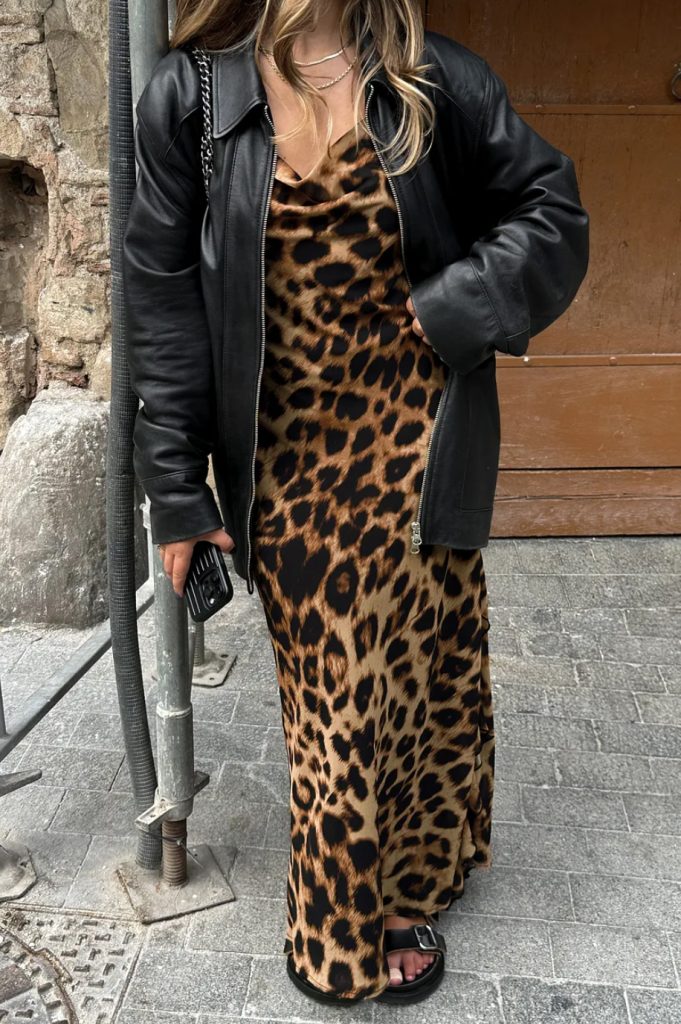
Clothing in several shapes, types and models
“The store should also stock several styles in different shapes, so that more people have the opportunity to shop in your store,” the expert explains.
And you should stock a wide selection of different models – from extra long to extra short. Having larger sizes is important so as not to exclude a large customer group.
“However, each store knows its customer and target group best, so choose clothes that go with the store. There’s no point having stock you can’t sell or don’t need.”
To conclude, Jensen adds:
“Although there are plenty of tips on dressing for your body type, the most important thing is that the customer feels comfortable wearing the clothes.”
